Record sales of iOS devices
In 2011, Apple's sales of iOS devices surged so dramatically during the launch cycles of new iPad 2 and iPhone 4S models that the company's demolishing of its previous year's quarterly records— and its annihilation of all competitors' sales— in prelaunch quarters wasn't enough to prevent critics from voicing their disappointment.
During the company's fiscal Q2 launch of iPad 2, Apple sold "only" 4.69 million tablets as it scrambled to build enough devices to meet demand for the new model. In the year ago quarter of 2010, Apple wasn't selling any iPads because it hadn't even introduced the product yet.
In contrast, Microsoft's decade old Tablet PC business, recycled last year under "Slate PC" branding with partner HP, completely collapsed, sending the company back to the drawing board to revamp its Windows 7 tablet platform for a second try expected to appear possibly as soon as the end of 2012, leaving it missing in action throughout the entire launch year of iPad 2 (and its next successor).
Despite desperate efforts by Samsung to portray its 2010 winter Galaxy Tab sales as "quite smooth," and Motorola's Xoom ads portraying Apple's iPad first as a museum relic and then as a tool for propagating a dreary dystopian world, neither companys' tablet products had any impact on Apple's sales in 2011, failing completely on their own with dismal sales.
Google's rushed release of Android 3.0 Honeycomb, focused exclusively on producing tablets that could challenge the iPad this year, itself collapsed alongside Slate PC after waves of failed attempts by its licensees to deliver tablet devices capable of gaining a healthy fraction of Apple's "disappointing" Q2 iPad sales.
RIM and HP similarly attempted to jump on the tablet bandwagon driven by Apple's iPad, but even after ditching Microsoft's Windows 7 for Palm's webOS, HP couldn't manage to effectively launch even an initial foundation for its own tablet platform. After many delays, RIM finally launched an actual product in 2011, but its PlayBook failed miserably as well. The design ended up being resold by Amazon in a scaled down version with a year old, customized version of Android 2.x tied to Amazon's store and sold as a loss leader under the Kindle Fire brand.
Similarly, in its fall fiscal Q4, Apple "only" sold 17.07 million iPhones, sending analysts into confused disappointment for not reaching their forecasts of 20 million smartphones in a quarter where the company had delayed the launch of its new iPhone 4S while it continued outselling every other smartphone on the US market with its year old iPhone 4 and the second place, two year old iPhone 3GS.
Apple's iOS sales grew tremendously in 2011 even as the sales of leading smartphone makers Nokia and RIM collapsed. Efforts by Microsoft to sell Windows Phone 7 and by HP to ship webOS smartphones both failed to gain any traction this year, leaving Apple's mobile platform to be compared solely against the communal efforts of the rest of the entire industry working with an open source project.
Even so, all the efforts of every vendor globally using some aspect of Google's Android software still couldn't match the unit sales of Apple's iOS platform, and were not even remotely comparable to the revenues and profits Apple's iOS generated in 2011. Conversely, however, Apple was not regularly lavished with praise for having collected overwhelming "market share" among web browsers just for being the central repository for the maintenance of its WebKit open source project used within the majority of mobile browsers and, in 2011, the majority of desktop browsers as well.
iPod iced, reanimated as an iOS app
Apple's iPod dynasty, which ruled over the past decade in the field of portable media players, contracted significantly in fiscal 2011, dropping from last year's sales plateau of 50.3 million down to 42.6 million units this year. That didn't offer any hope for competitors however, because Apple essentially had just converted many of its iPod sales to even higher margin iOS devices running the iPod app.
Over half of the iPods Apple now sells are the iOS-based iPod touch, and Apple now sells far more iPhones and iPads per quarter than all iPods combined. Had Apple simply branded its other iOS devices as "iPod phone" and "iPod tablet," it could have reported sales of 34.8 million "iPod" devices in its most recent "disappointing" quarter, a unit increase of more than 27 percent over its previous quarterly record sales of 27.34 million devices in the year ago quarter, rather than the 27 percent decline in in the sales of "iPod branded devices" when excluding the iPhone and iPad.
This year, Microsoft finally threw in the towel on its Zune brand of media players. But Apple itself also ended the reign of its "iPod classic" using a conventional hard drive and click wheel navigation, the original design that had propelled Apple Computer into consumer devices and ultimately erased the "computer" designation from its corporate name. While not officially discontinued and still on sale though out the 2011 holiday season, the iPod classic wasn't even mentioned during Apple's October iPod event.
Even more tellingly, in 2011 Apple for the first time failed to significantly overhaul any its iPod-branded lineup, leaving in place its 2010, sixth generation iPod nano with only minor software adjustments, giving its fourth generation iPod touch just a new white option and leaving its iPod shuffle completely unchanged, apart from lower prices.
Apple also noted that it has now sold over 300 million iPods worldwide over the past decade, but it has also revealed in the same month that 250 million iOS devices have been sold since the iPhone first appeared in 2007, highlighting the remarkable sales growth Apple has experienced, and the tremendous shift it has made from selling simple hard drive music players to building advanced mobile computers capable of powering a ecosystem of apps.
On page 2 of 2: A new generation of iOS devices
Along with the fourth generation iPod touch (based on the 2010 iPhone 4), Apple left its "other" iOS hardware, the second generation Apple TV, unchanged from last fall. However, both remained big sellers, with the revised Apple TV taking the lead among a crowded field of "connected TV boxes." Last year, Google threatened to take away Apple's "hobby" with its Android-based Google TV platform, but that initiative failed as badly as this year's Android 3.0 Honeycomb tablets, if not worse, and didn't recover at all this year.
Apple started 2011 with the January unveiling of a CDMA-version of iPhone 4 capable of working on the Verizon Wireless network in the US. The launch not only greatly expanded Apple's reachable audience of potential smartphone buyers in the US, but was later also sold through Sprint and other CDMA providers globally.
The company then focused on a dramatic enhancement of its existing, barely year old iPad in March. Steve Jobs introduced the new iPad 2 after noting that Apple had sold 15 million iPads in its first nine months, more than all sales of Microsoft's Tablet PCs across the past decade.
Rather than being a minor update, Jobs presented an entirely new, thinner and lighter form factor powered by a dual core A5 processor with up to 9 times the graphics performance and sporting dual cameras capable of FaceTime video conferencing, all while maintaining the same price and battery life. The new iPad 2 also delivered VGA and HDMI 1080p video mirroring and a magnetic Smart Cover.
While pitted against a series of 4G LTE smartphones equipped with dual core processors introduced by competitors early in the year, Apple continued to top the smartphone sales charts with its existing 3G, single core iPhone 4 models throughout 2011, up until the later than usual October release of the iPhone 4S.
The new 4S incorporated the same dual core A5 chip used in iPad 2, as well as the same 1080p video mirroring features. It added an enhanced 1080p video camera with faster startup and video image stabilization and temporal noise reduction, as well as packing both CDMA and GSM/UMTS/14.4 HSDPA mobile network capabilities, making it a global phone model. The new phone also added support for Bluetooth 4.0, joining the 2011 MacBook Air and Mac mini in being able to connect to a new generation of low power devices.
The new model also enabled Apple to differentiate sales of the existing iPhone 4 and iPhone 3GS by price, offering a series of iPhone options ranging from free to $99 to $199-$399 under contract in the US, the first time Apple has offered a free iPhone, and the widest range of iPhone prices ever presented.
The biggest new feature of iPhone 4S, however, is its Siri voice assistant, a new app that straddles the line between being an integrated part of the iOS interface and being a cloud computing service. The new phone also debuted alongside the release of iOS 5, which Apple broadly made available to existing devices dating back to 2009, the longest support period offered by any modern mobile platform vendor. In fact, Apple's advancements of iOS throughout 2011 are significant enough to warrant their own report Inside Apple's 2011, coming up next.
Inside Apple's 2011: iOS, Apps & iCloud
Inside Apple's 2011: Mac hardware and Mac OS X
Inside Apple's 2011: Steve Jobs' achievements, battles and crises
 Daniel Eran Dilger
Daniel Eran Dilger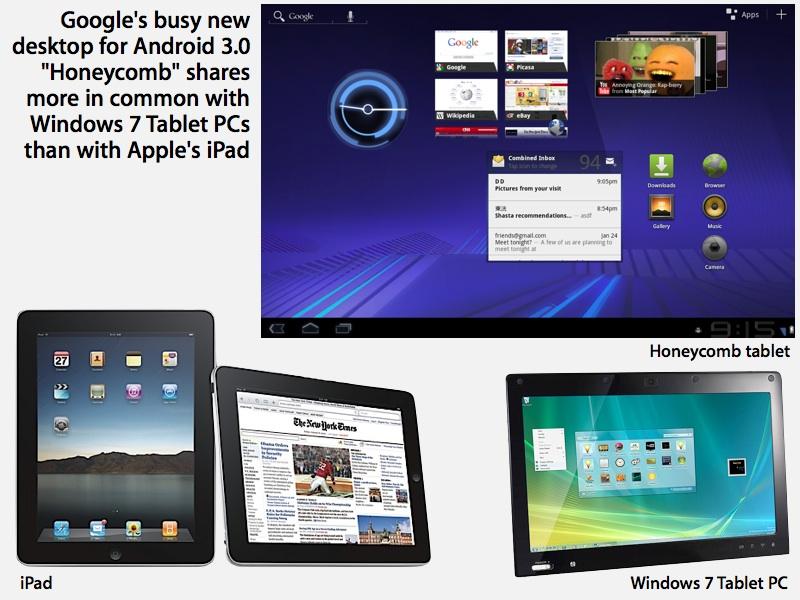
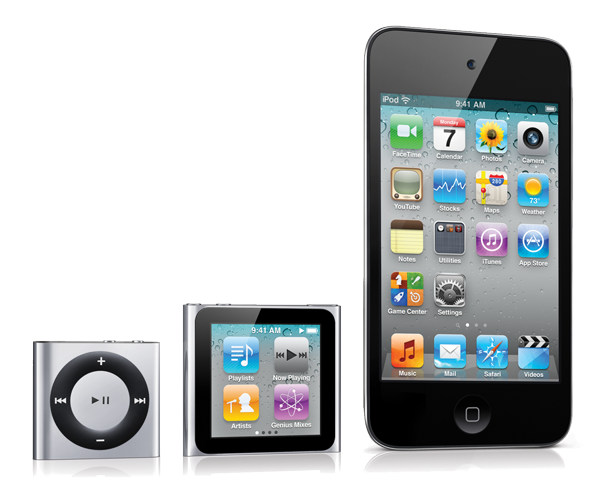
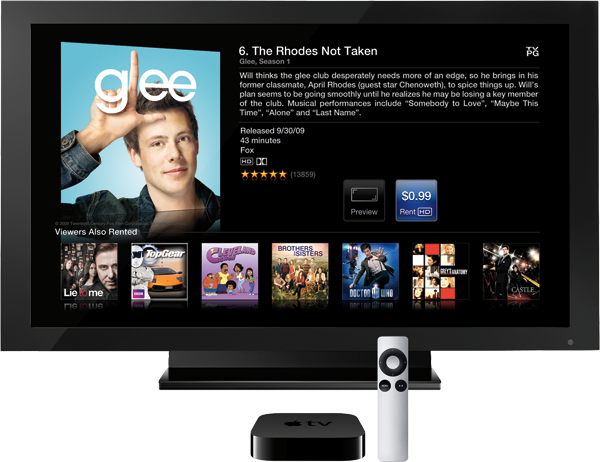
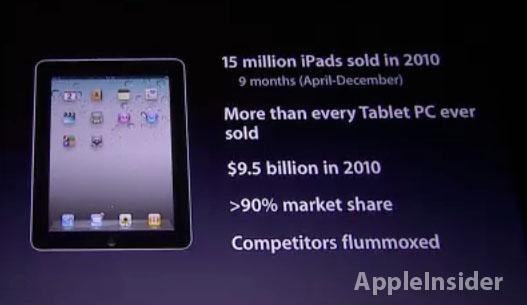
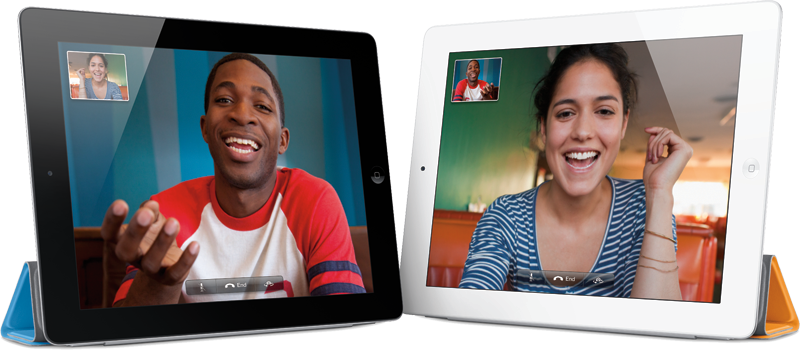
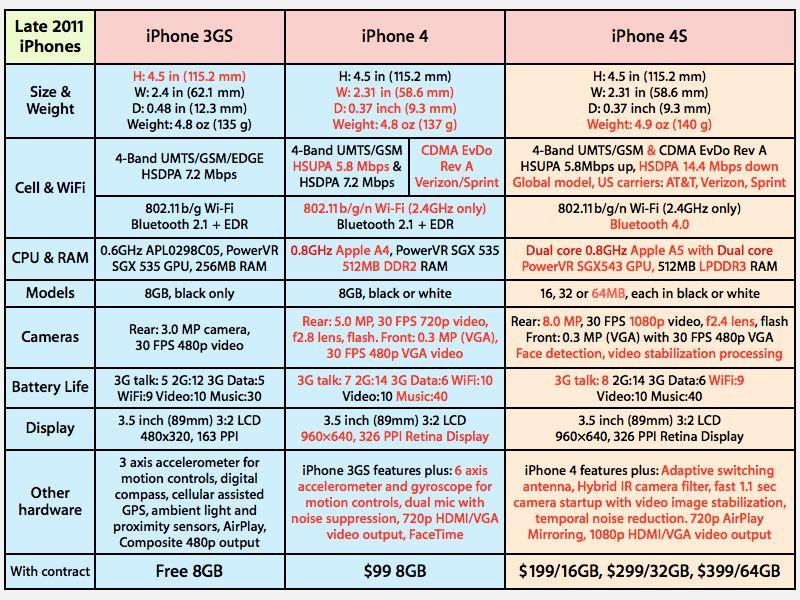


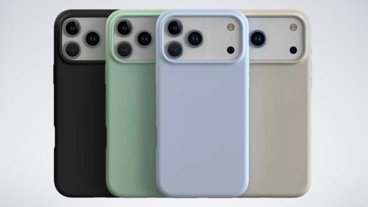

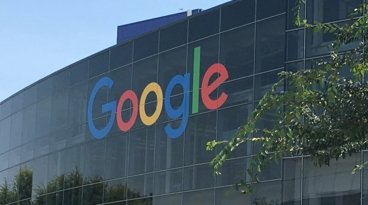


-m.jpg)






 Chip Loder
Chip Loder
 Marko Zivkovic
Marko Zivkovic
 Malcolm Owen
Malcolm Owen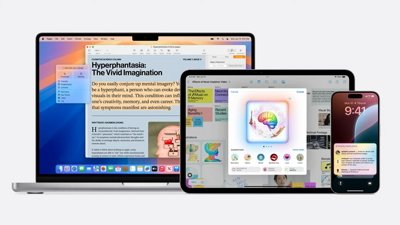

 William Gallagher
William Gallagher
 Christine McKee
Christine McKee
 Andrew O'Hara
Andrew O'Hara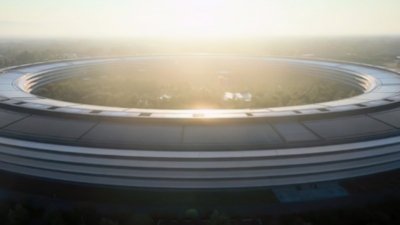
 Andrew Orr
Andrew Orr



-m.jpg)




8 Comments
Another good Feature by DED!
Just one suggestion: There is a little too much whining about apple not getting the credit it deserves. Near the beginning, many of the paragraphs were all abut that topic, with analysts and other's "disappointment" contrasted with Apple selling "only" X Million units.
That stuff is just childish.
Otherwise, a great read.
any news on the issue?
and would be nice to have an ETA on Siri localization functions in Canada. Currently its not working
It would be interesting to see the impact on Windows 8 devices in 2012. I think they are going to eat up Android market shares and leave Apple untouched.
any news on the issue?
Yes, it's no issue.
J.
Nice summary Daniel!
J.
Yes, it's no issue.
J.
My router log:
My idevices have gone nuts over DHCP renewal. This is what's draining there battery. But hey, everything is peachy in Apple land...
edited to identify the devices...
AppleTV :
2011-12-29T01:57:00 DHCPS info Address 192.168.2.18 given out to 58:55:ca:04:a3:da
2011-12-29T02:02:18 DHCPS info Address 192.168.2.18 given out to 58:55:ca:04:a3:da
2011-12-29T02:09:40 DHCPS info Address 192.168.2.18 given out to 58:55:ca:04:a3:da
MacbookPro
2011-12-29T03:07:17 DHCPS info Address 192.168.2.25 given out to e0:f8:47:01:02:7a
2011-12-29T05:07:36 DHCPS info Address 192.168.2.25 given out to e0:f8:47:01:02:7a
2011-12-29T07:07:51 DHCPS info Address 192.168.2.25 given out to e0:f8:47:01:02:7a
iphone 4s on iOS 5.0.1 (9A405)
2011-12-29T01:34:42 DHCPS info Address 192.168.2.28 given out to d0:23:db:b6:ad:5d
2011-12-29T02:04:26 DHCPS info Address 192.168.2.28 given out to d0:23:db:b6:ad:5d
2011-12-29T02:06:57 DHCPS info Address 192.168.2.28 given out to d0:23:db:b6:ad:5d
iphone 3gs on iOS 5.0.1 (9A405)
2011-12-29T03:04:10 DHCPS info Address 192.168.2.16 given out to 90:84:0d:a5:a1:4c
2011-12-29T09:31:01 DHCPS info Address 192.168.2.16 given out to 90:84:0d:a5:a1:4c
2011-12-29T15:43:00 DHCPS info Address 192.168.2.16 given out to 90:84:0d:a5:a1:4c
ipad 2 on iOS 5.0.1 (9A405)
2011-12-29T03:29:42 DHCPS info Address 192.168.2.26 given out to a4:67:06:35:b5:b9
2011-12-29T09:59:18 DHCPS info Address 192.168.2.26 given out to a4:67:06:35:b5:b9
2011-12-29T16:28:52 DHCPS info Address 192.168.2.26 given out to a4:67:06:35:b5:b9The worst is the AppleTV, but the iphone 4s renew too often also. The 3gs and the ipad 2 are OK
I think I know what the problem is: the 4s renew every time something happen on the phone (sleep mode). Notifications, emails, ... all produced a DHCP renew. As for the Apple TV, its just out of control, its totally insane. Major bug there.